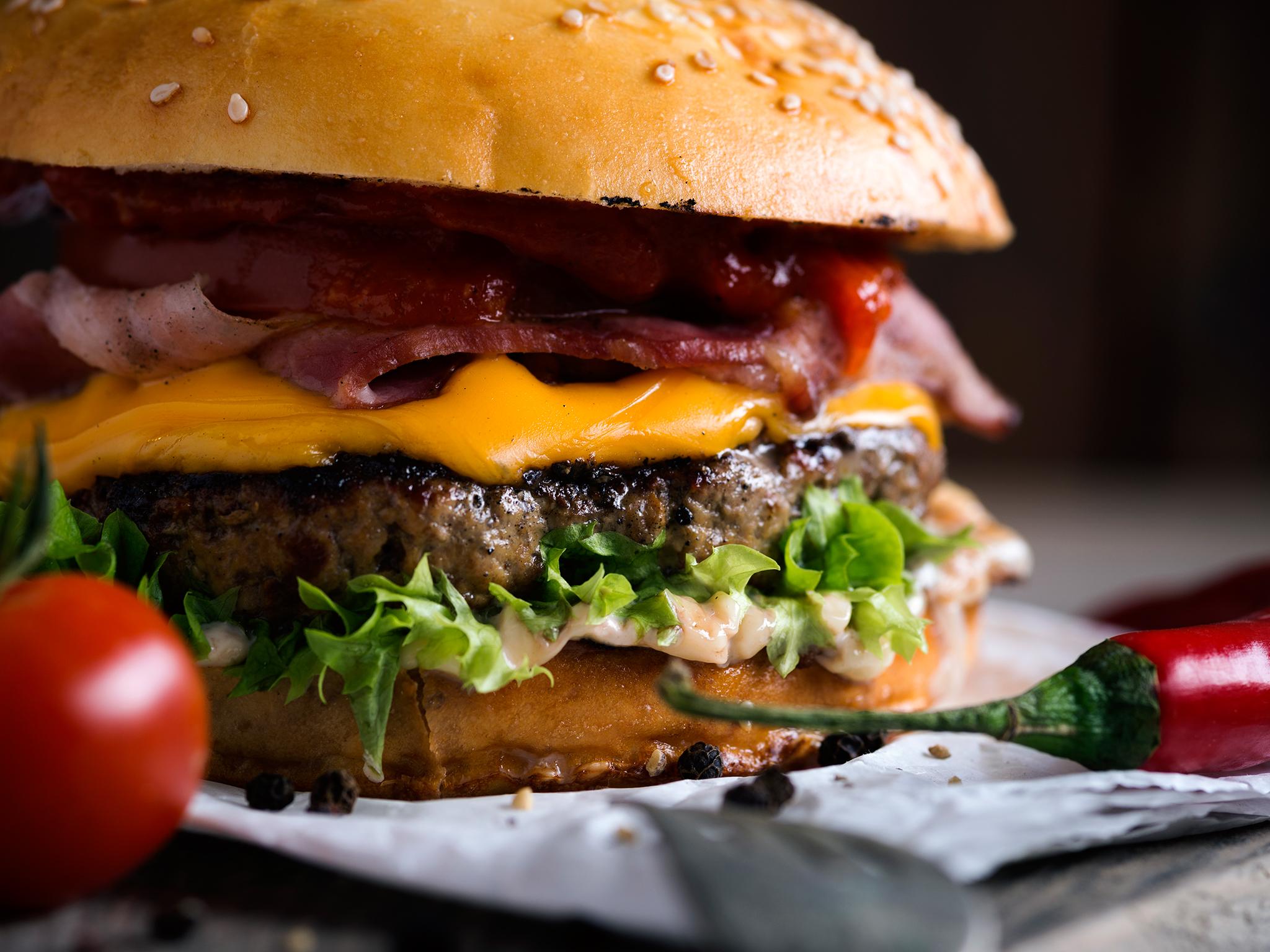The psychology of restaurant design revealed
There’s a reason why the seating in your favourite fast-food joint isn’t particularly comfy...

From the shape and squashiness of the dining chairs to the exact shade and texture of the wallpaper, a designer has revealed the lengths that go into creating the interiors of a restaurant.
While fast-food joints – with their almost-cosy, utilitarian seating and fast background music – are geared towards equally fast eating; fine-dining restaurants are adorned with luxurious materials to helps customers settle in and keep ordering off the menu.
Tom Strother, co-founder and creative director of interior design firm Fabled Studio, has helped top restaurants including Margot, which serves upmarket Italian food, Indian street food establishment Jamavar and Parisian-style wine bar nook Noble Rot style their insides.
The Independent picked his brains to find out more about how designers piece together a restaurant’s interiors.
Restaurant designs by Fabled Studio - In pictures
Show all 17What is the first thing you consider when you are given a brief for designing a restaurant?
There are two crucial initial things for us that go hand in hand when first considering the design of a restaurant. The first of these, as with all of our projects, is the concept and story behind the design. This is important to us to make sure that there is a strong narrative that is carried through the details of the design, ensuring each detail plays its part but without feeling contrived or superfluous to the design.
The second, critical element of a restaurant’s design and the most important to any restaurant is the operations of the restaurant. How do guests arrive at the restaurant? What route does the food take from the kitchen to the guests table and how is it delivered? How many different waiters will serving the space? Making sure the operational layout works seamlessly and as effortlessly as possible for the operators of the restaurant is essential in making the restaurant a success and ensuring diners have an excellent experience. Whether a fine-dining restaurant or a more casual, quick service restaurant, each process needs to be considered in great detail so that the restaurant works as a well-oiled machine.
If a restaurant doesn’t work properly from a functionality point of view – it doesn’t matter how beautiful it is, it will never be a success.
What are some clever psychological tricks that designers use when creating a restaurant?
From a psychological point of view, one of the key aspects to a restaurant’s design is the lighting. It has to be soft and flattering to make guests feel comfortable so that they are confident and relaxed and enjoy their stay in the restaurant. We tend to do this through soft ambient lighting to complement the more targeted architectural lighting and also to suit the time of day. In my experience, the worst lighting is when there are just downlights over the tables that can cast shadows over diners faces. This can be very unflattering for guests and make them feel uncomfortable.
The comfort level of furniture is also often used to encourage different dwell times in restaurants. With more formal dining we design furniture to support and hold the guests comfortably for long dining experiences. This obviously isn’t the case with faster turnover, more casual dining establishments.
Colour certainly plays a large part in how people feel and behave in any space and it, paired with the lighting set the mood almost entirely in a restaurant and so should be fitting for the desired ambiance and the cuisine – although I’m sure we’ve broken every rule over the years when it comes to colour!
How can you convey the sort of food that is being served in the restaurant design?
I think it’s important that a restaurant design doesn’t feel themed but instead picks up on subtle references to the origin of the cuisine, celebrating its heritage and complementing the food. With our recent restaurant Margot in Covent Garden, we picked up on the finessed Italian cuisine by celebrating fine Italian crafts and traditions, such as broken Palladian flooring, and paying homage to some of the more characterful great Italian designers such as Gio Ponti and Carlo Mollino.
We also used warm copper accents, reminiscent of the copper pans used by Italian “Nonna’s” cooking pasta in many Italian kitchens. These sorts of details I think give a sense of place and set the stage for the food to shine.
What is the most challenging aspect of designing a restaurant?
The biggest challenge for us is to make sure every table is a good table – whether you’ve booked months in advance for a special occasion or a last minute walk-in at a regular favourite restaurant – you should never feel hard done by. It’s interesting for us to see which tables people prefer in restaurants – different people always have different favourites. I think in a great restaurant, I want to keep going back for a different experience in different parts of the restaurant.
It’s the small details that make a restaurant great and whilst they’re details that guests may not necessarily notice at first, they reveal themselves once you start to look in more detail and absorb your surroundings. It’s this approach that makes both the design and the process exciting for us and hopefully for the diners in our restaurant designs too!
Subscribe to Independent Premium to bookmark this article
Want to bookmark your favourite articles and stories to read or reference later? Start your Independent Premium subscription today.

Join our commenting forum
Join thought-provoking conversations, follow other Independent readers and see their replies